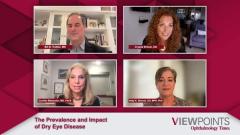
Combining Procedural and Pharmacological Therapies in Dry Eye Disease
Experts offer their clinical expertise on managing patients with dry eye disease (DED) with concurrent procedural and pharmacological therapies and the importance of individualized care.
Episodes in this series

Transcript
Bill B. Trattler, MD: We have these great technologies and these great procedures for dry eye and we have excellent medications. And I'm going to ask Dr. Nichols here, when you have patients coming in, and you want to use a procedure, how do you combine the procedures with the pharmacological therapies?Are you using both simultaneously or are you doing a procedure first then adding a pharmacologic or vice versa, just curious about your approach.
Kelly K. Nichols, OD, MPH, PhD: It depends on what the whole ocular surface looks like if they, and what they're taking. So, certainly, I'm a lover of meibomian gland dysfunction. Actually, I'm a lover of it being gone, but I do think that almost everybody has some form of MGD, and I believe in preventative treatment, if at all possible. So, I think regardless of what you're doing in the anti-inflammatory categories, you do need to be looking at the meibomian gland and managing that too.Now the challenge is in the financing in some instances and you have to be able to convince your patient, this is the very best thing for them and there are a variety of different things that people have in their offices that they can use.But I do think treating the meibomian gland should continue to be a very important part of managing ocular surface disease. And until we get approval codes that allow us to bill for them, it’s out of pocket.Students will always say, well, I don't want to have to sell something.Well, you're not, you're giving your patient the best treatment for their situation and that's not sales, but I see where some people are afraid to recommend a procedure that costs money when they think that there may be a drop that should fix that. So, I'd love to hear from the two ladies about how they've managed that. Because I think it's an important point to be able to talk to your patient about that and be confident with your decisions related to how you're going to manage the patient.
Bill B. Trattler, MD: That's a great question, Dr. Brimer?
Crystal Brimer, OD: It comes back to that patient education piece and having the tools just to tell them their story. In the beginning, when I first started, I would stumble over my words, and I would talk it to death, and it felt like I was selling something. And I wondered, who am I trying to sell here? You or me?
And then that evolved because I saw the outcomes. I saw what we could do and the changes we could make.And I had the tools to tell them their story. It evolves into me being the messenger and effectively helping them to see it for themselves. One thing I do is in the very beginning when I'm setting up the day, the exam, and the eval, I try to negate the biggest pieces of baggage that I see people coming in with. So, my big points are, I've got a plan, we're going to go through a long list of differentials, whatever’s positive, we're going to pair it with the treatment. It won't be forever, it's just to get you stable and then we can back off.If we need more, we'll climb that ladder of aggression. I'm going to figure out what's going on. I'm going to show you everything, you're going to learn a ton. I'm going to prioritize it, and then I'm going to give you a good, better, best option, and we're going to decide together. And then everything's going to be written down. You don't have to worry about remembering a thing. When you think about the baggage that people come in with, either they've been to a bunch of doctors and it's just going to be somebody else who's going to throw something else at me or I'm not going to understand, you're not going to talk to me, you're going to decide to sell me something instead of me being involved in the decision or how am I going to remember this? These were what I felt were the four biggest points that I needed to deflate the minute I walked in the door. I think what helps with the overall conversion at the end is to put their mind at ease so that they can be in the moment with me and listen. And then I show them their story. I show them what the pictures say. And then I give them that good, better, best so that they feel like they're a part of the decision-making, but I sit back, and I say, if it were me, I would do this, this, this, this. How's that sound? And 90 plus percent of the time, almost 95, they say, okay. Because it makes sense to them. Now, one thing when I'm doing a comparison of, okay, if you don't want to do that, I can write you a prescription for a drop. Here's the difference. If we do these in-office procedures, it’s going to be a quicker trajectory.We're going to get a better outcome quicker and it's not going to be dependent on your perfection. That's the difference. When we rely on the things that you're going to do at home, I’ve got to give you more things to do at home. So, it's going to take more time and it's going to take diligence on your part. And when you go on vacation, or somebody gets sick or you're able and just not able to do it, you’re going to hurt because you didn't do your part. So, it's always going to be dependent on you. And it just helps them put it in perspective that it's not the only route that we can go. We can choose a different route for you but here's what to expect in that route versus this one. And the other thing that I like to mention is that there's no guarantee that at-home procedures are going to be an inexpensive route because we don't know what the costs are for the drugs, and we still need all these collateral palliative treatments that go along with it.
Bill B. Trattler, MD: Dr. Brimer, that is a great approach. Thank you so much for sharing that. It's helpful. And I just loved how you say you write it out for the patients to take home and think about it. That also seems helpful.
Transcript is AI-generated and edited for clarity and readability.
Newsletter
Don’t miss out—get Ophthalmology Times updates on the latest clinical advancements and expert interviews, straight to your inbox.


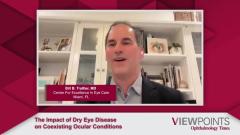
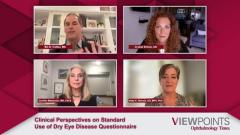
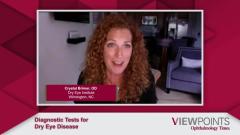
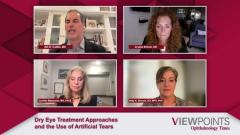
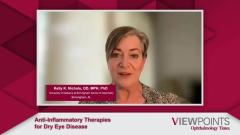
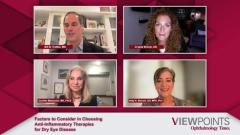
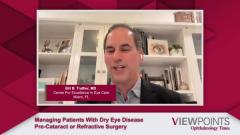
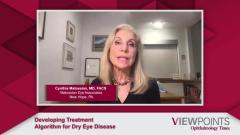
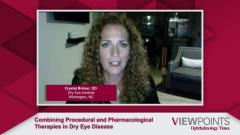

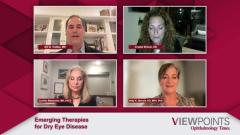
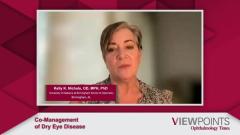
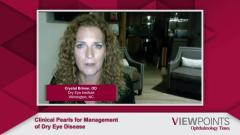












































.png)


